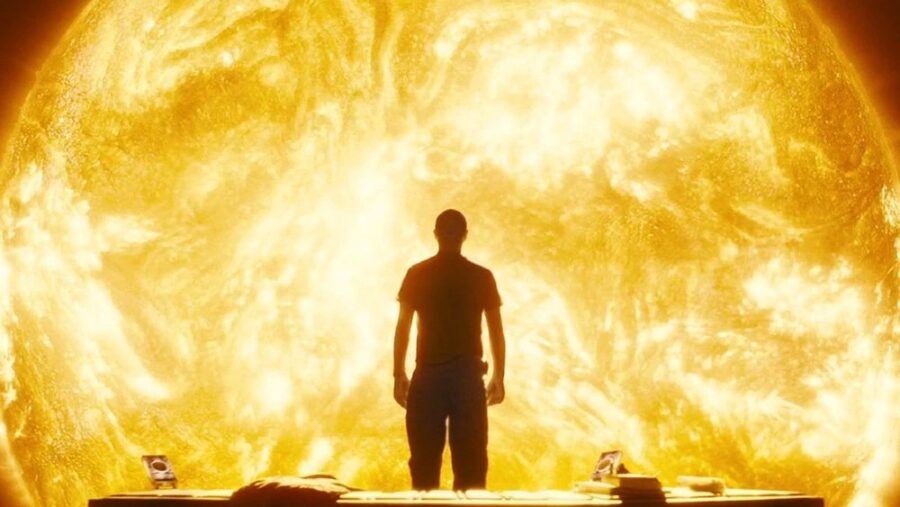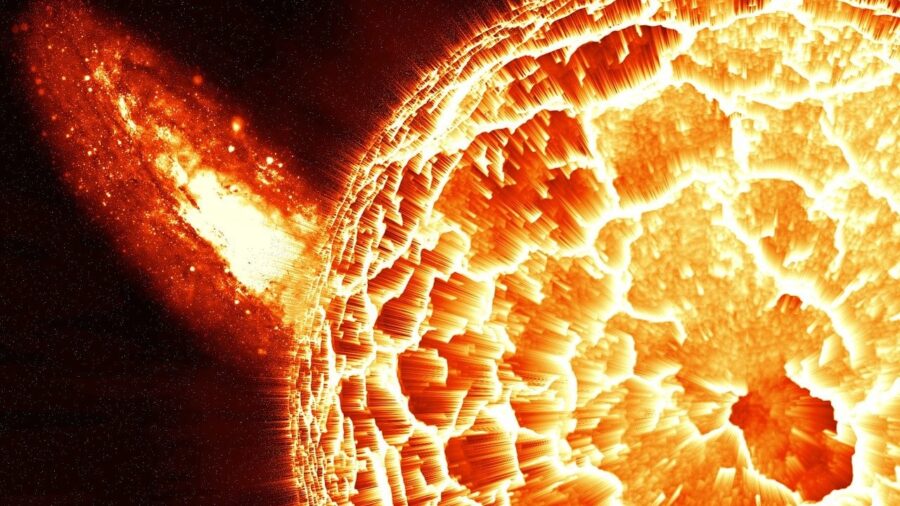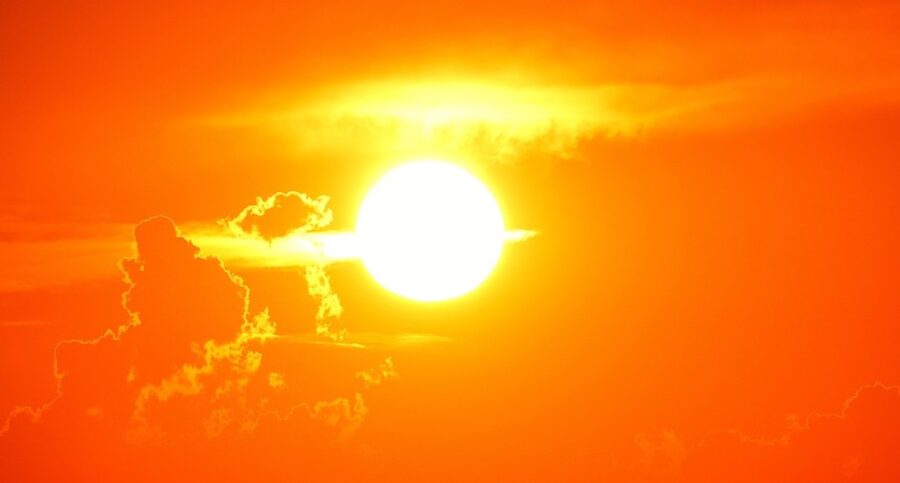Solar Maximum Happening Sooner Than Thought, Why That’s A Serious Issue

Though it looks like a constant, our Sun, the eternal companion of our planet, is quite a violent environment, with a blisteringly hot 10,340°F surface and about 300 times hotter atmosphere. Of course, this violent surface activity, paired with chemical reactions, atomic fusion, and other activity, makes the Sun actually quite turbulent when seen up close. But now, it seems that one activity, known as “solar maximum,” is scheduled to happen much sooner than predicted, as reported by ScienceAlert.
The solar maximum, a time of greatly increased activity from solar flares to powerful radioactive emissions, is occurring over a year ahead of schedule.
To understand solar maximums, we have to understand how our Sun behaves. Besides all the activities, such as violent eruptions, chemical reactions, flares that cause large outbursts of radiation, and sunspots, our Sun also spews out materials into space, and these powerful eruptions are called solar particle events.
There’s been a slew of world-ending movies recently tied to solar flares and how they could bring about the end of our planet. However, in the context of this article, it’s important to note that these events are periodic.

Our Sun has seasons, though not the way we would experience seasons on Earth. Instead, its seasons of activity come and go every 11 years or so—a period that’s called a solar cycle. The intensity of solar activities also varies within one cycle, with the Sun being most active during the solar maximum, which has been forecasted for July 2025.
Solar maximums can also affect the thickness of the higher atmosphere, which might affect satellites in low orbit, causing them to lose altitude and burn up.
Now, however, the new model predicts that the solar maximum is more likely to occur in April next year—so, in some 6-7 months’ time. But what makes it so dangerous?
Well, in reality, a solar maximum is by no means the end of the world. It’s just a 7-9-month period during which the Sun is most active and spews out the most material into outer space. However, that also means that we’re not in the clear either.

During these mass ejections caused by the solar maximum, both the particles and the magnetic field from the Sun reach the Earth and interact with the planet’s magnetic field, causing minor temporary changes in the field itself.
During a solar maximum, the Sun releases massive amounts of energy as flares, ejecting material into space. Of course, the Earth, being the third stone from the Sun, is in the line of fire. Fortunately, the planet’s own magnetic shield protects it and the life contained on the pale blue dot.
During these mass ejections caused by the solar maximum, both the particles and the magnetic field from the Sun reach the Earth and interact with the planet’s magnetic field, causing minor temporary changes in the field itself. These changes are caused by the interactions and can affect certain things on Earth as well. For example, solar activity, if strong enough, could cause power surges in long electrical transmission lines or affect the particle density in the higher atmosphere, causing minor errors in GPS devices.
Solar maximums can also affect the thickness of the higher atmosphere, which might affect satellites in low orbit, causing them to lose altitude and burn up. So, no, the next solar maximum isn’t likely to end the world, but it could potentially lead to catastrophic events, which is why it’s important for the scientific community to develop more precise prediction models, which would allow us, the residents of said pale blue dot to prepare better and put our devices into safe modes—where they’re only marginally affected by the fluctuations in the planet’s magnetic field.












